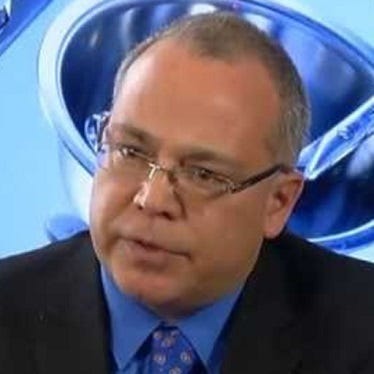The FDA's Claim Game
On May 26, the FDA announced the first in a series of proposals to “increase public understanding of the public health impact of FDA’s enforcement efforts,” etc., all part of the FDA Transparency Initiative that was launched in 2009.
Hate to say it, but the FDA has been the model of opacity, not transparency, in regards to dietary supplements, a perfect example of which is the mystical structure-function claim process for dietary supplements.
Section 403 [ r] (6) of the Federal Food, Drug and Cosmetic Act (21 USC 343 [r] [6]) requires that a manufacturer of a dietary supplement making a nutritional deficiency, structure/function, or general well-being claim have substantiation that the claim is truthful and not misleading. The manufacturer “shall notify the Secretary [of Health and Human Services, the FDA] no later than 30 days after the first marketing of the dietary supplement with such statement that such a statement is being made.”
The funny thing is that the FDA does not actually approve 403[r] [6] post-market structure-function claim submissions; it merely objects to certain ones and provides no comment on others, so companies are put in a position of using structure-function claims that were not objected to under the assumption that by not objecting the FDA is providing implicit approval.
Therefore, companies that want to know what specific structure-function claims are allowable have two choices: (1) to submit several claims, one of which is at least likely to receive an objection note from the FDA; or (2) to not submit any claims, provided they are confident that they have a robust level of substantiation.
If a manufacturer submits several claims, one of which is known to be objectionable, whatever claims are not objected to are generally considered by industry to be implicitly, although not explicitly, approved or allowed by the FDA.
The downside of including an egregious claim, says DSHEA architect and guru, Jonathan Emord, Esq.: “If you submit an egregious claim you will be scrutinized more closely by the FDA.
“The window in which FDA considers to be acceptable structure-function claims is getting narrower and narrower, yet what it considers prohibited speech or a drug claim is getting wider and wider.”
Adds Emord: “Overall, today there is no tolerance and more hostility in this current regulatory climate.”
About the Author
You May Also Like

